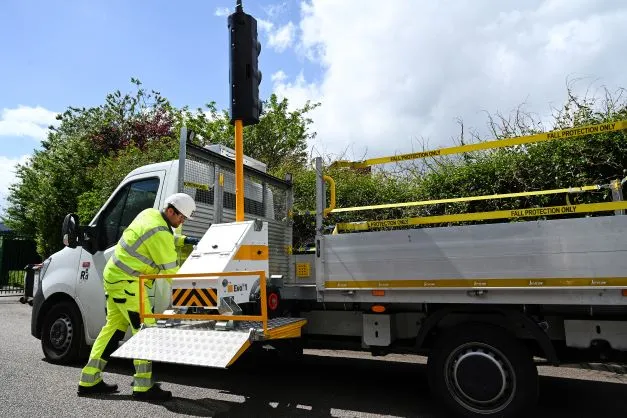Norphonic emergency roadside telephones (ERT) have been selected for the Hardanger Bridge, one of the world’s longest suspension bridges, crossing the picturesque Hardangerfjord in southwestern Norway. The Hardanger Bridge will be among of the longest suspension bridges in the world, even longer than the Golden Gate Bridge in San Francisco, with a total suspension-span of 1310 meters and will significantly improve the connection between Norway’s two largest cities (Oslo and Bergen).
May 10, 2012
Read time: 2 mins
The Hardanger Bridge will be among of the longest suspension bridges in the world, even longer than the Golden Gate Bridge in San Francisco, with a total suspension-span of 1310 meters and will significantly improve the connection between Norway’s two largest cities (Oslo and Bergen).
Norphonic was awarded the contract for the emergency telephone service installation in international competition due to its advanced remote VoIP management capabilities and the proven ability to perform in severe weather conditions.
“The key advantage of our VoIP product is that it saves a lot of costs in terms of installation and maintenance,” says Norphonic’s Helge Rognstad. “Unique functions include automatic system checks and a remote management solution that interacts fast on alarms. The interface is also easy to work with.”
Norphonic also announced that its VoIP emergency telephones have been selected for two additional road construction projects in Norway, including the T Connection and Jondal tunnels on the west coast.










